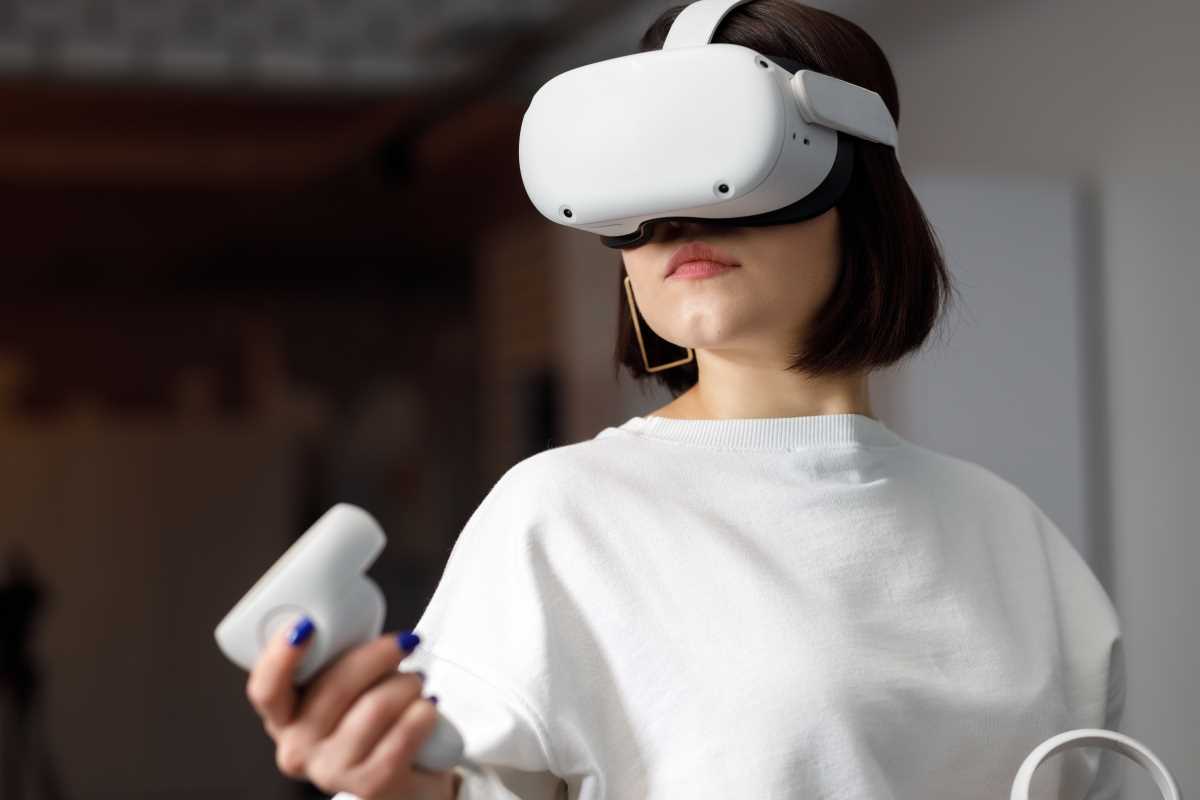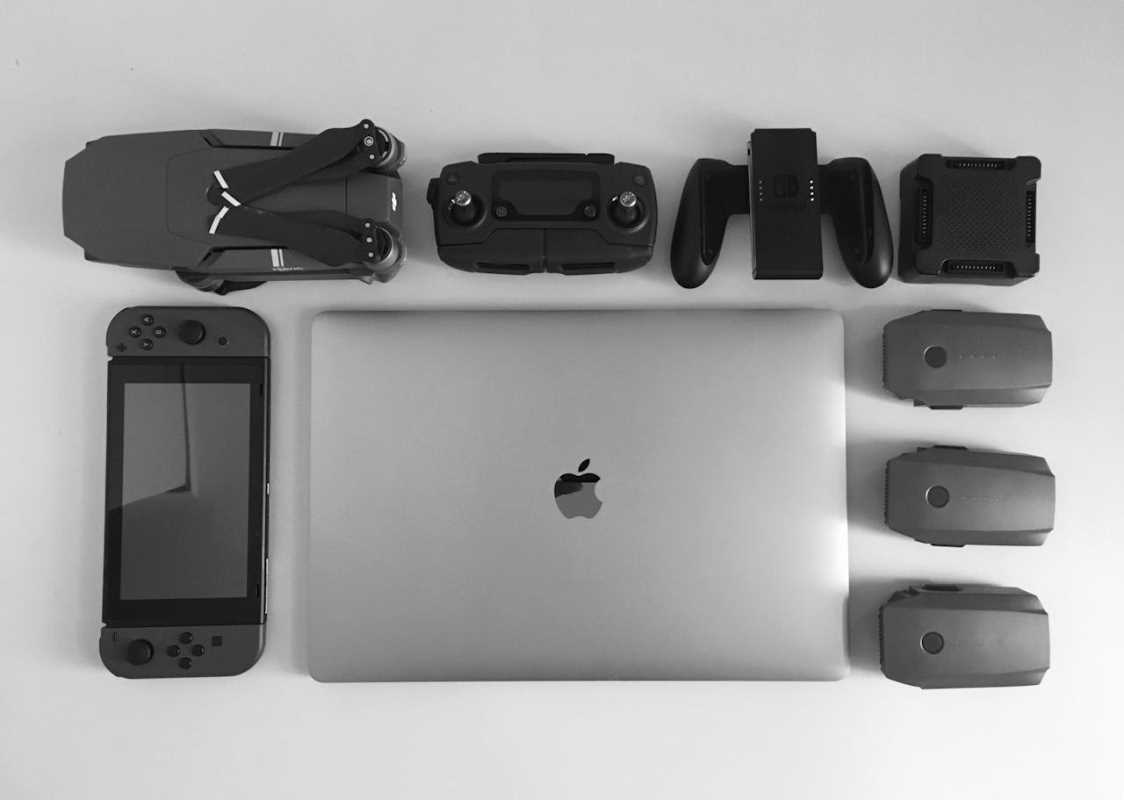E-commerce has transformed how consumers browse, compare, and purchase products. Over the years, new technologies have emerged to make online shopping faster, easier, and more convenient. One innovation that is rapidly changing the industry is augmented reality (AR). By blending virtual elements with the physical world, augmented reality is bridging the gap between the tactile experience of in-store shopping and the convenience of buying online.
We're exploring how AR is revolutionizing online shopping, offering practical examples of its applications and benefits for both consumers and businesses. We’ll also take a look at what’s next for AR in e-commerce.
What Is Augmented Reality?
Augmented reality overlays virtual objects or information onto the real world through devices like smartphones, tablets, or AR glasses. Unlike virtual reality (VR), which immerses users in a fully digital environment, AR enhances the surroundings you actually see. This interactivity makes AR a perfect fit for e-commerce, where visualization and engagement play key roles in the customer experience.
How AR Is Enhancing Online Shopping
While traditional online shopping depends on static images and videos to showcase products, AR creates dynamic, interactive experiences. From trying on clothes to visualizing furniture in your living room, AR eliminates guesswork and enables shoppers to make informed decisions.
Virtual Try-Ons
One of the most impactful uses of AR is virtual try-ons, particularly in the beauty, fashion, and accessories industries. AR technology lets consumers see how products will look on their own faces or bodies before committing to a purchase.
- Sephora offers its Virtual Artist tool, enabling customers to try on different makeup shades using their phone camera. This AR-powered feature not only boosts confidence in purchases but also transforms the shopping process into a fun and engaging activity.
- Warby Parker, an eyewear retailer, uses AR to help shoppers virtually try on glasses. Customers can see how frames fit and complement their face shape, reducing the risk of ordering a pair they won’t like.
- Virtual try-ons are particularly valuable in industries where fit and appearance are subjective. For businesses, this technology decreases the likelihood of returns and enhances customer satisfaction.
Interactive Product Visualization
Buying home furnishings or decor online often comes with the fear that items may not fit or match existing layouts. AR solves this problem by allowing shoppers to see how products will look and fit within their personal spaces.
- IKEA has championed this concept with its IKEA Place app, which uses AR to place true-to-scale 3D models of furniture and decor in a customer’s home. Shoppers simply point their phone’s camera at the intended space and watch as the virtual items become part of the room.
- Interactive visualizations make purchasing decisions easier and more reliable. Instead of guessing whether a couch will fit or a rug will match, customers can see the results directly, increasing confidence in their purchases.
Immersive Brand Experiences
Beyond practical applications, AR creates opportunities for brand storytelling and customer engagement. Immersive AR campaigns allow brands to connect with shoppers in creative ways that leave lasting impressions.
- Gucci launched an AR feature in its app that lets users virtually “try on” luxury sneakers. The feature combines interactivity with brand identity, making the shopping experience both memorable and exclusive.
- L'Oréal has experimented with AR to provide hair color consultations, matching shades to consumers and offering virtual previews of the outcome.
- These experiences humanize e-commerce while setting brands apart from competitors. They also encourage customers to spend more time engaging with products and content, which can lead to increased loyalty and higher sales.
Benefits of AR for Consumers and Businesses
The integration of AR in e-commerce delivers significant advantages for both consumers and businesses. Here’s a closer look at how it benefits each group:
Benefits for Consumers
- Enhanced Confidence and Satisfaction: AR reduces uncertainty by providing a realistic preview of products. Whether it’s visualizing a lipstick shade or assessing how a couch will look in a living room, AR helps shoppers make choices they feel good about.
- Convenience: Online shopping becomes more intuitive and enjoyable when customers can interact with products in a meaningful way. There’s no need to visit a store to try or measure items, saving time and effort.
- Personalization: Many AR tools adapt to individual preferences, offering tailored recommendations based on user data. For instance, AR try-ons can suggest products that suit a customer’s style or fit.
Benefits for Businesses
- Higher Engagement Levels: AR features capture customer attention and encourage interaction, which translates to more time spent on e-commerce platforms. This can increase the likelihood of conversions.
- Reduced Returns: When customers can see or experience a product virtually before buying, they’re less likely to encounter surprises upon delivery. This minimizes costly returns, a common challenge in e-commerce.
- Stronger Brand Loyalty: Innovative AR systems demonstrate that a brand is forward-thinking and customer-focused. Positive experiences build trust and encourage repeat purchases, fostering long-term loyalty.
- Valuable Data Insights: Interactive AR tools generate data on how customers engage with products, offering valuable insights that can inform marketing strategies and product development.
Challenges of Adopting AR in E-Commerce
While AR brings innovation and opportunity, it’s not without challenges. Businesses must consider several factors when investing in the technology:
Cost and Development Time
Implementing AR solutions requires significant investment in software development, 3D modeling, and integration with existing platforms. Smaller businesses may find the costs prohibitive.
Device Compatibility
Not all customers have access to AR-compatible devices, which can limit the reach of AR features. Ensuring accessibility across various platforms is critical.
Learning Curve
Consumers unfamiliar with AR might require guidance on how to use these tools effectively. User-friendly interfaces and clear tutorials can help address this barrier.
The Future of AR in Online Shopping
The potential of augmented reality in e-commerce is immense, and its adoption is expected to grow in the coming years. Here are some trends that might shape this evolution:
- AR Shopping Events: Brands can host virtual pop-up stores or live shopping events using AR technology, merging entertainment and commerce to drive engagement.
- Cross-Platform Integration: AR tools will likely become more integrated across platforms like social media and messaging apps, making it even easier for customers to shop directly from multiple channels.
- Wearable AR Devices: Emerging AR glasses and other wearable tech will bring hands-free, immersive shopping experiences that feel seamless and natural.
- AI-Enhanced Personalization: Combining AR with artificial intelligence could create hyper-personalized shopping journeys. For instance, AR recommendations could leverage AI to consider everything from past purchases to current trends.
Although challenges remain, the future of AR in e-commerce is bright. By continuing to innovate and invest in this technology, businesses can stay ahead of the curve and create shopping experiences that captivate and inspire. For shoppers, the days of browsing static product photos may soon be replaced by an exciting new way to explore, discover, and buy.
 (Image via
(Image via





